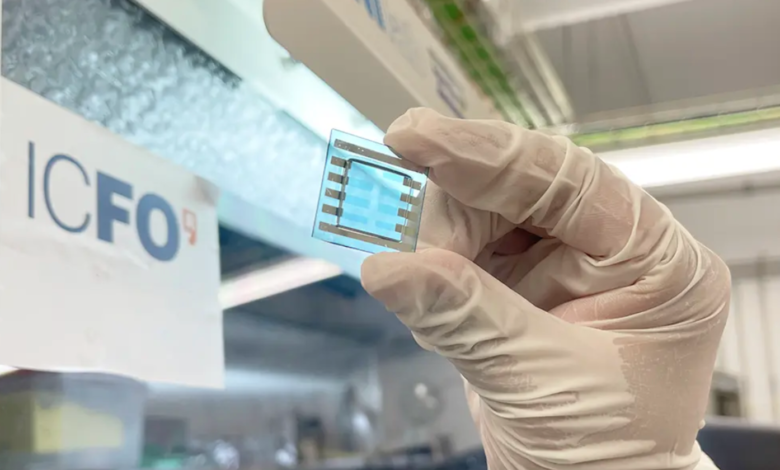Here is the tandem organic solar cell with an efficiency close to 17%

The latest advances in organic photovoltaics
Also for the organic-based photovoltaic technology, the “multijunction” approach offers an interesting way to increase the overall efficiency. The use of a tandem architecture, consisting of front subcells connected to rear subcells, can extend the use of the solar spectrum by absorbing high and low-energy photons “simultaneously”. Too bad that, contrary to what is happening with inorganic photovoltaics, progress in this field does not yet show the impressive improvement theorized.
Turning the industry around is today the study of Francisco Bernal–Texca and Jordi Martorell from the ICFO, Barcelona Institute of Photonic Science, have created a new tandem organic solar cell.
In their work, scientists have gone beyond the approaches usually followed in this field of research. As a rule, we aim at a tandem configuration with two monolithically integrated terminals. As things stand, however, this is a fairly demanding approach. Both because in such configurations a sufficient current balance is needed between the two sub-cells, both because the architecture requires a robust interconnection layer that facilitates efficient charge recombination while maintaining high transparency.
read also Tandem triple junction solar cells set a new record
A record-breaking tandem organic solar cell
One of the strategies that can solve these problems is the four-terminal tandem configuration. The approach requires stacking a transparent cell with an opaque cell without being electrically connected. “Consequently, the question of the adaptation of the electric current is no longer a limiting factor“, reads the ICFO press note. “This configuration allows greater flexibility in the selection of the prohibited bands of each cell, thus optimizing the absorption of photons and improving the overall efficiency of solar energy production”.
The tandem architecture with 4 terminals
For the rest the photovoltaic device is configured as follows: starting from the top we find a transparent cell made using the polymer mixture PM6:L8-BO; follows a multilayer in WO3 /lif/WO3 that provides an optimal light absorption distribution between the units; so we have the opaque rear cell based on a second polymer mixture, the PTB7-Th:O6T-4F.
The researchers tested the photovoltaic performance of the device under 1 sun lighting with a solar simulator and measured its quantum efficiency. The new tandem organic solar cell has achieved a power conversion efficiency of 16.94% which is the highest value ever achieved by a polymer-based 4-terminal configuration.





